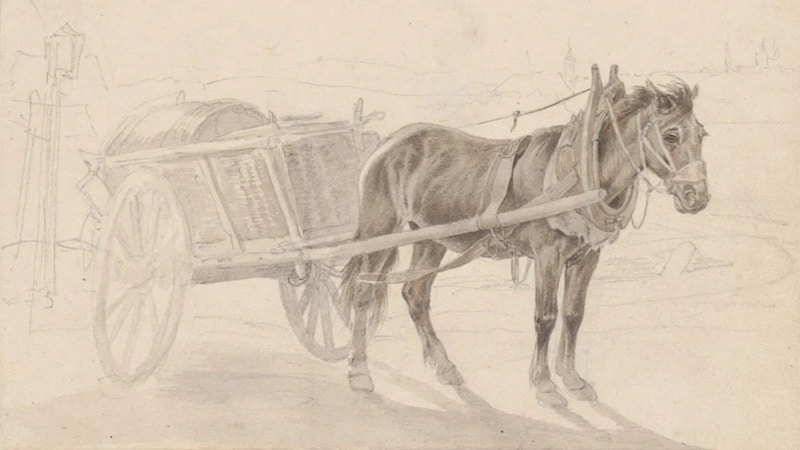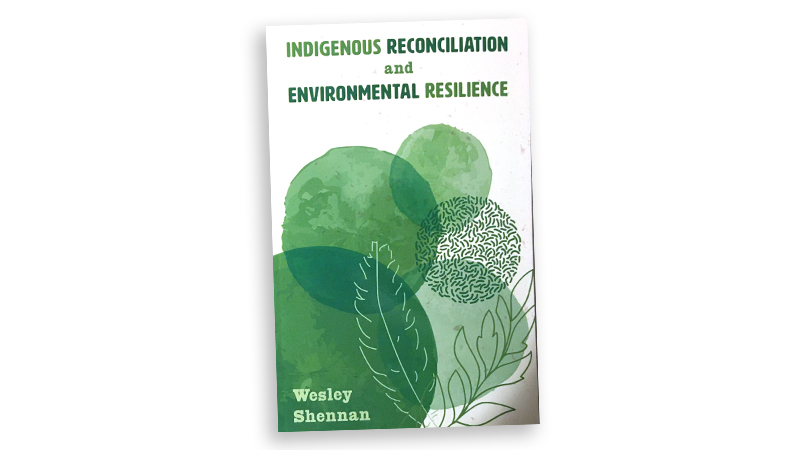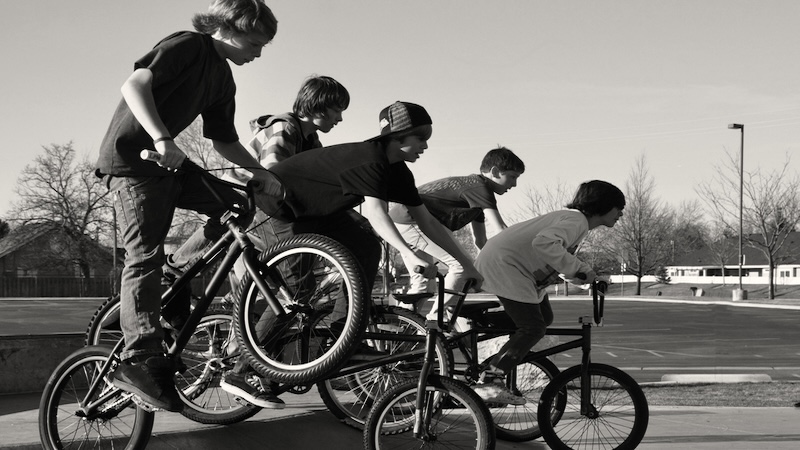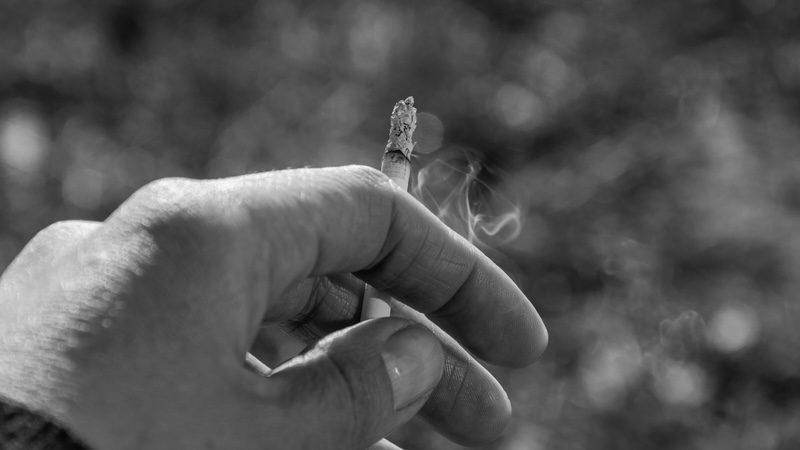Turco del Mundo
A colorful, enterprising young Uruguayan

Canadian resident Wesley Shennan has spent many summers in Uruguay (the winter season in Canada), and has written a series of short stories set in that country. “They are true stories actually,” writes Shennan, “but because of their content, I’ve changed names and made up the locations.” Here he presents the story of the eccentric Turco del Mundo.
When Turco del Mundo arrived in Uruguay, he soon saw the potential of a new business venture. His business practices became as colorful and odd as the man himself.
There aren’t many Muslims in Uruguay. Only about 1,000 apparently, which is .02 percent of the country’s population. The majority live in Chuy, a frontier town on the Brazilian border; and Turco (as his name implies, a guy from Turkey) probably came to Chuy in the 1950s.
Not a lot is known about the young Turco when he first came to Uruguay. He was probably sponsored by an “uncle” to emigrate. But after he fell in love with the local girl Rosita in the early ’70s and moved 145 kilometres to her small town on the coast of Uruguay south of Chuy, Turco became a household name.
Turco maintained many contacts in Chuy – friends and relatives who owned or operated a myriad of local shops selling everything from dry goods and groceries to luxurious upholstery fabrics and mysterious oriental carpets. Chuy is not that different from many frontier towns on the globe with an edgy ambiance, more than the normal number of unshaven, unkempt chancy characters, and designed with a wide main street, complete with a boulevard of tall palm trees, which divides the two countries – Uruguay on the south side, Brazil on the north.
Like the majority of border towns in Uruguay, Chuy is also home to a unique blended language, Portunol, a combination of Portuguese and Spanish. (Today you can hear local artists singing in this language on YouTube.) Depending on the exchange rates, deals can be made on both sides of the street in Chuy. But in most years, the deals flow from Brazil to Uruguay, as the purchasing power of the Uruguayan Peso is often higher than that of the Brazilian Real.
Turco, newly married and now living away from Chuy on the south coast of Uruguay, began wondering how he could take advantage of the buying potential of the Uruguayan Peso – his was mind swirling with possibilities.
Travel in Uruguay in the ’70s was much the same as it is today – by bus. The buses today, the majority manufactured by Mercedes or Volvo, are plush, often with two levels, and some with fully reclining seats for longer trips. They are clean, safe, punctual, and powerful. There are about 15 independent bus companies that compete for passengers, as 75% of the locals, even today, travel by bus along with the tourists.
But back in the ’70s, almost everyone travelled by bus, and there was only a handful of companies, with the American company Greyhound dominating. These dented silver behemoths, with a running dog painted on the side, normally belched black diesel fumes and had one level of worn cloth seats that smelled of stale farts. The newer ones had an on-board bathroom if you were lucky (you were even luckier if you didn’t sit beside these sloshing little rooms).
They weren’t that punctual either: most were 15 to 20 minutes late as the drivers made smoking cigarettes and finishing conversations in the terminal more crucial.
This is how Turco travelled back then. At least twice per week you could see him sweating, struggling, and walking backwards as he pulled four or five grimy, over-sized duffle bags from one bus to another during the mandatory transfer in Rocha, the provincial capital.
Arriving back home in the evening, he had a friend, Paco, who had a horse that pulled a two-wheeled cart. Paco knew when the next bus was arriving from Rocha and he and Turco would lift the weighty bags, carefully placing them on the floor of the cart, made of rough, weathered eucalyptus wood. Paco and Turco would wind their way through the dusty, bumpy streets of the older part of town until they came to the back door of Turco and Rosita’s dim grey concrete block bungalow.
When you visited Turco and approached the narrow front porch that stretched to the width of the house, you had to make your way past patches of yellow grass crying for a drink that never came; walk on a beaten earthen path, partially lined with over-grown thorny bushes that scratched right through your socks; and avoid the fresh reminders of Turco’s dog, Aziz. Inside, Rosita would greet you with a sweaty hug, greasy hair brushing against you as she kissed your cheeks. Turco would quickly make a cup of Turkish coffee for you, after lighting his imported cigarette; holding it in his lips with one eye closed, while he operated the machine. When you finished drinking, he would smile, exposing two tobacco-stained gold teeth, and nudge his chin forward. He expected you to dip your spoon into your cup and eat the fine grounds by pushing them against the roof of your mouth so you could enjoy the truly exotic experience of his rich coffee. If you didn’t like coffee, he would make mint tea – delicious, if you ignored the state of the once-clear glass stuffed with freshly picked mint leaves.
The idea of selling legal and contraband goods caught on in town. Soon there were droves of little kids lining up when Turco returned, so they could buy a single rock-hard candy chewing gum, which was in a little plastic case surrounded with a bright plastic ring. The kids loved the tiny cheap rings. You knew when Turco returned as all the kids in town had bright silver rings on their little fingers containing fake yellow, blue and red stones. Turco sold the rings cheap, but not too cheap … just cheap enough to undercut the local grocery stores who didn’t always carry the rings anyway.
He started small, but soon he had to build shelves in the kitchen and the living room to contain all the special orders he was receiving from the locals. After one bedroom was filled with dry goods, he had to pack more goods in their main bedroom. Soon he and Rosita stood the mattresses against the wall in the daytime so they could drag bulk bags of flour, peas, and coffee into the room and then spread the mattresses on the bags so they could sleep at night. Organization wasn’t their long suit. You could see new shirts, blouses, and shoes on the sagging living room shelves, right beside leaking tins of jam and overflowing potted plants.
The local children liked buying other trinkets, in addition to the plastic rings, but when Turco came to the beach with his oily hair, flecked grey beard with five days of growth, dirty off-white towel, and grimy black shorts, the kids would yell, “It’s Turco del Mundo, it’s Turco del Mundo,” all running from the water frantically. Turco didn’t seem to mind if the kids thought he was doing more in the water than bathe (maybe he was), but the end result was he had a large area all to himself, with no kids splashing, yelling, or laughing.
One day, a local lady, Maria, who was older, had graduated from university, and was the local historian, came to visit Rosita and Turco. Sometimes she came to visit, other times to purchase something, but most times it was a combination of both. She probably had a quasi-anthropological interest in this unique couple. She was making small talk and said to Turco, “I really like your wife’s sweater; the colour complements her skin tone.” Turco immediately turned to Rosita and said: “Take off your sweater, can’t you see this lady wants it?” Maria laughed and said: “No, no Turco, I don’t want it, I was just passing on a compliment to her.”
Maria went on, “What I do need, Turco, is some parsley. I’ve heard you’re bringing in herbs now, and I need some fresh parsley to flavour a dish I’m making tonight.”
Well, I guess the kitchen, the living room, the dining room, and the two bedrooms weren’t the only places Turco and Rosita used for all their merchandise. When Turco retuned with the fresh parsley dripping water all over the living room floor, Maria asked: “Oh, Turco, do you have cans of water in the back to keep all the herbs fresh?”
“No,” he said, “I just keep them all in the toilet.”
Wesley Shennan, a member of the Michel First Nation, Treaty 6, in the area currently known as Alberta, Canada, is a community planner and has been working with First Nations in British Columbia for the past 22 years. His education in both the physical and social sciences, and work experience, has led him to share his understandings and encourage others to take action. He lives with his wife, Elena, in the now smoky and scorching hot Okanagan valley in southern British Columbia – the traditional unceded territory of the Syilx Nations. He is the author of “Indigenous Reconciliation and Environmental Resilience” (FriesenPress, July 24, 2022). “I’m now living in Kelowna and respectfully acknowledge the unceded Traditional Territory of the Syilx (Okanagan) Nations,” Shennan says.
Also from Wesley Shennan: Coral Reefs and Environmental Resilience
As an Amazon Associate, Boomer Magazine earns from qualifying purchases of linked books and other products.



